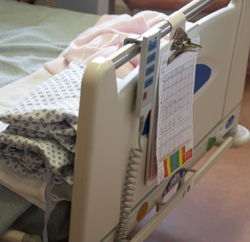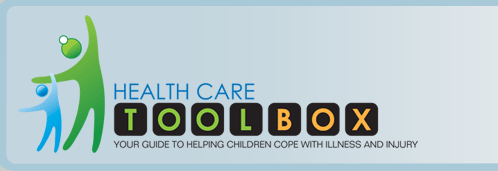
Up to 80% of ill or injured children, and their families report experiencing some traumatic stress reactions following a life-threatening illness, injury or painful medical procedure (Winston, et al. 2002).
Between 20 – 30 % of parents and 15 – 25% of children and siblings experience persistent traumatic stress reactions that impair daily functioning and affect treatment adherence and recovery (Bruce, 2006; O'Donnell et al. 2003).
Click here for a summary of research on the prevalence of medical traumatic stress
-National Child Traumatic Stress Network, 2003
These traumatic stress reactions can include psychological and physiological symptoms of re-experiencing, avoidance, and hyper-arousal. When a constellation of these
symptoms persists and causes distress, the individual may have Posttraumatic Stress Disorder (PTSD)
Children may have other kinds of reactions to illness and injury as well, including behavioral changes or symptoms of depression or anxiety.
Whenever providers or parents have any serious concerns about a child’s ability to cope with illness or injury, or about emotional and behavioral
changes that occur in connection with a medical event, careful assessment of the child, in consultation with an experienced mental health professional, is key. Click here for information on referrals for mental health assessment or treatment.



